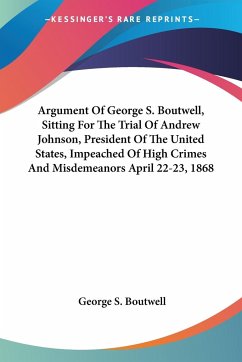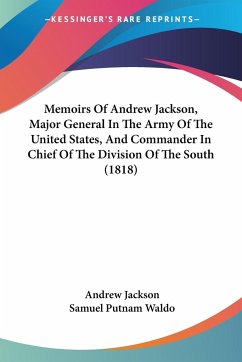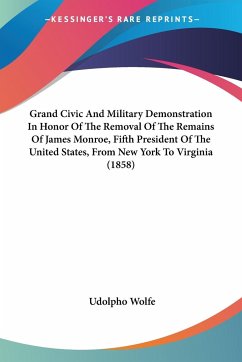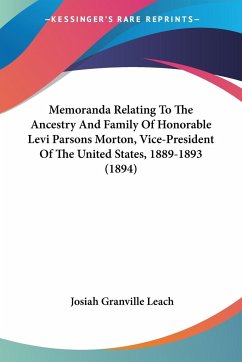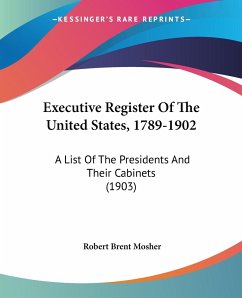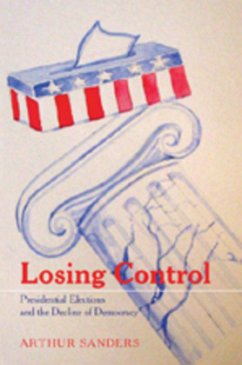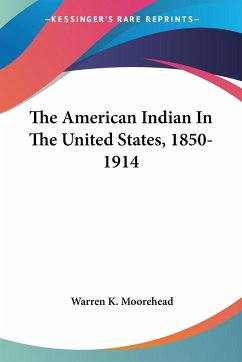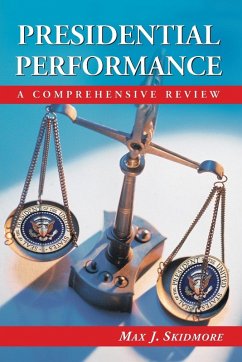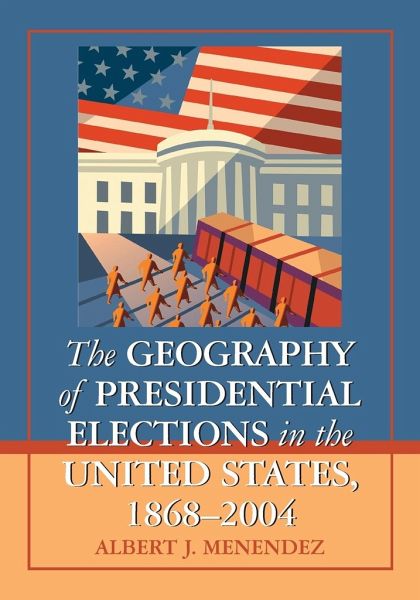
The Geography of Presidential Elections in the United States, 1868-2004
Versandkostenfrei!
Versandfertig in 1-2 Wochen
52,99 €
inkl. MwSt.

PAYBACK Punkte
26 °P sammeln!
This work concentrates on the longstanding and significant factors of regionalism and sectionalism in the voting for the U.S. chief executive. Even after the Civil War restored the nation's wholeness, the first postwar election showed the persistence of regional voting patterns. These patterns became even more pronounced in succeeding elections. For the 35 presidential elections from 1868 through 2004, a narrative describes how the regions, states, and, in some instances, counties responded to the issues and personalities. Coverage for each election includes an electoral vote table, a national...
This work concentrates on the longstanding and significant factors of regionalism and sectionalism in the voting for the U.S. chief executive. Even after the Civil War restored the nation's wholeness, the first postwar election showed the persistence of regional voting patterns. These patterns became even more pronounced in succeeding elections. For the 35 presidential elections from 1868 through 2004, a narrative describes how the regions, states, and, in some instances, counties responded to the issues and personalities. Coverage for each election includes an electoral vote table, a national vote map, and a table indicating where the parties received their highest level of support. Part II of the book is a series of charts showing which party carried each United States county in each election during this period.



